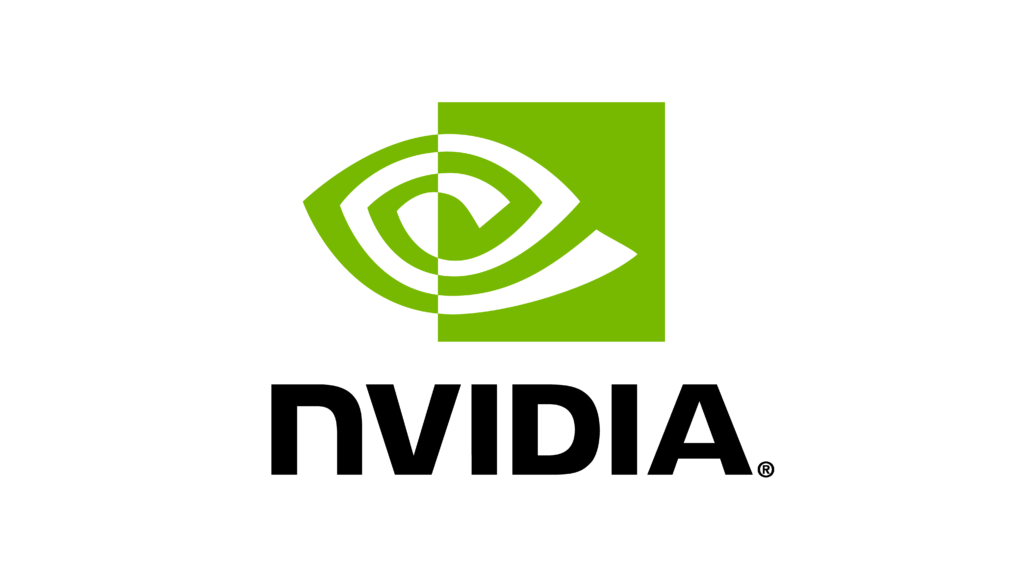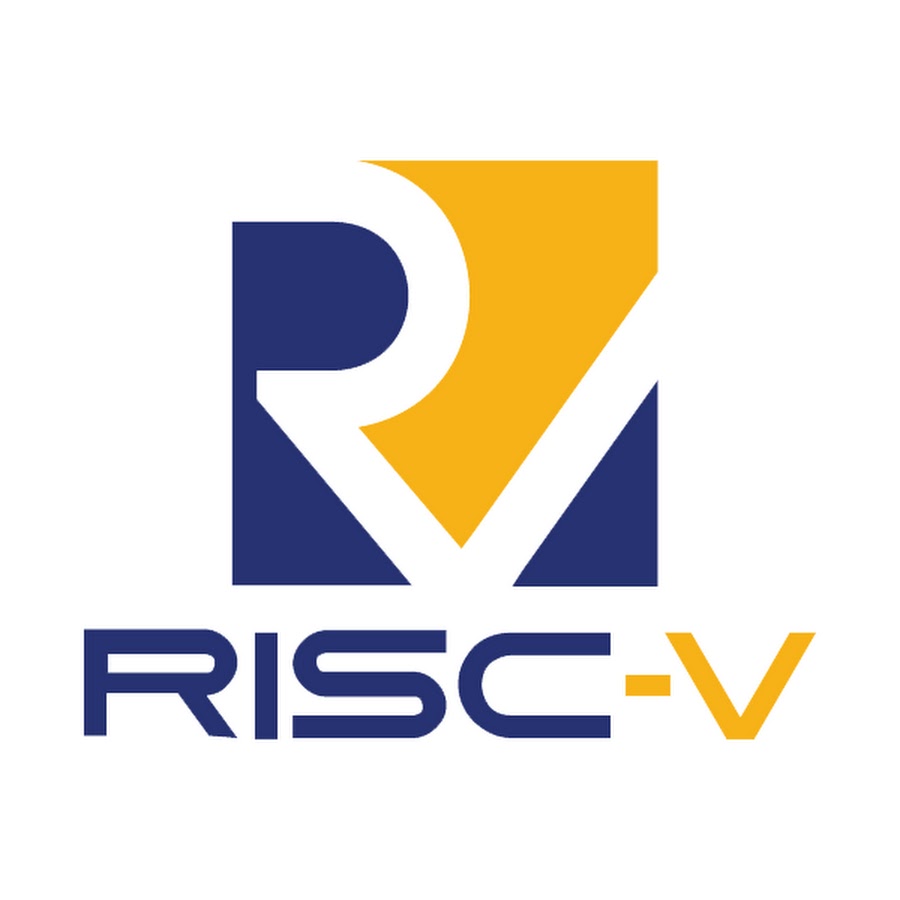Nvidia’s Open Source Shift: Empowering the Computer Industry with PhysX and Flow
Nvidia’s Open Source Shift: Empowering the Computer Industry with PhysX and Flow Nvidia, a dominant force in computer graphics, created the notable PhysX and Flow technologies, which have significantly shaped physics and fluid dynamics simulations. PhysX serves as a robust physics engine, leveraging GPU parallel processing for realistic, real-time effects and complex virtual interactions. Complementing […]
Nvidia’s Open Source Shift: Empowering the Computer Industry with PhysX and Flow Read More »




